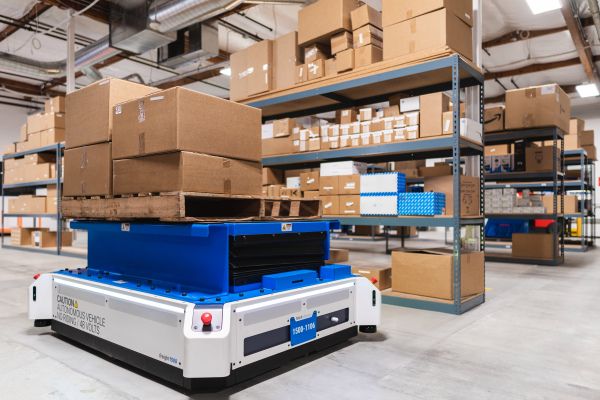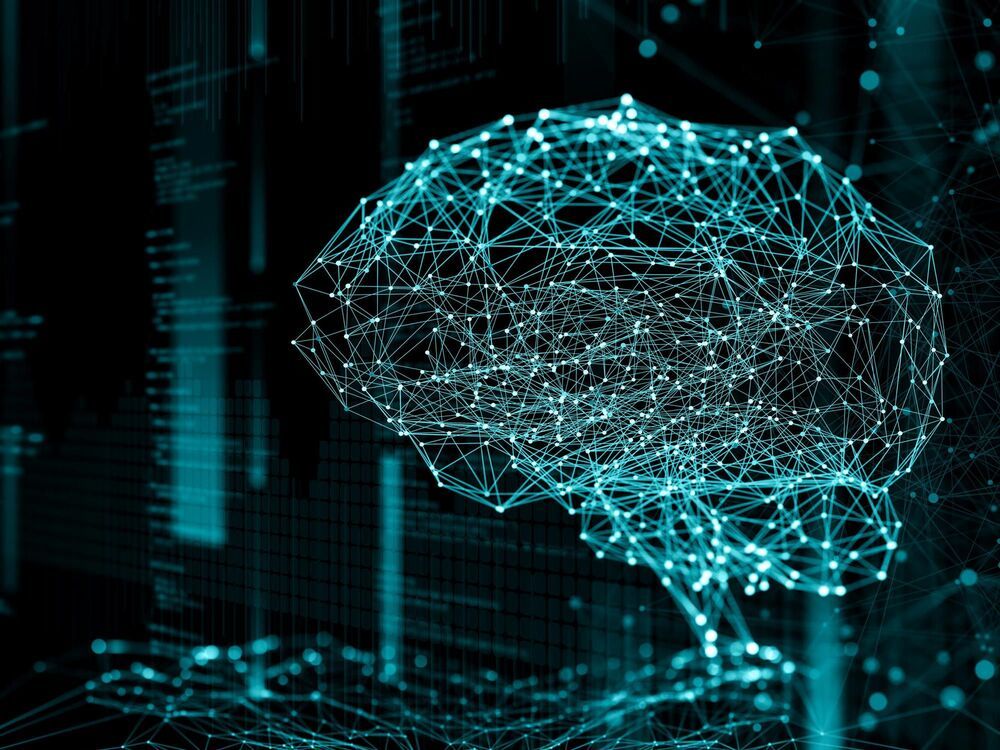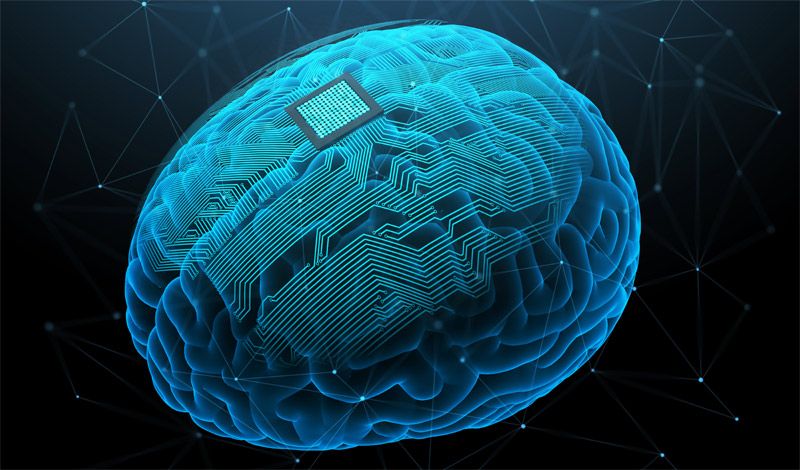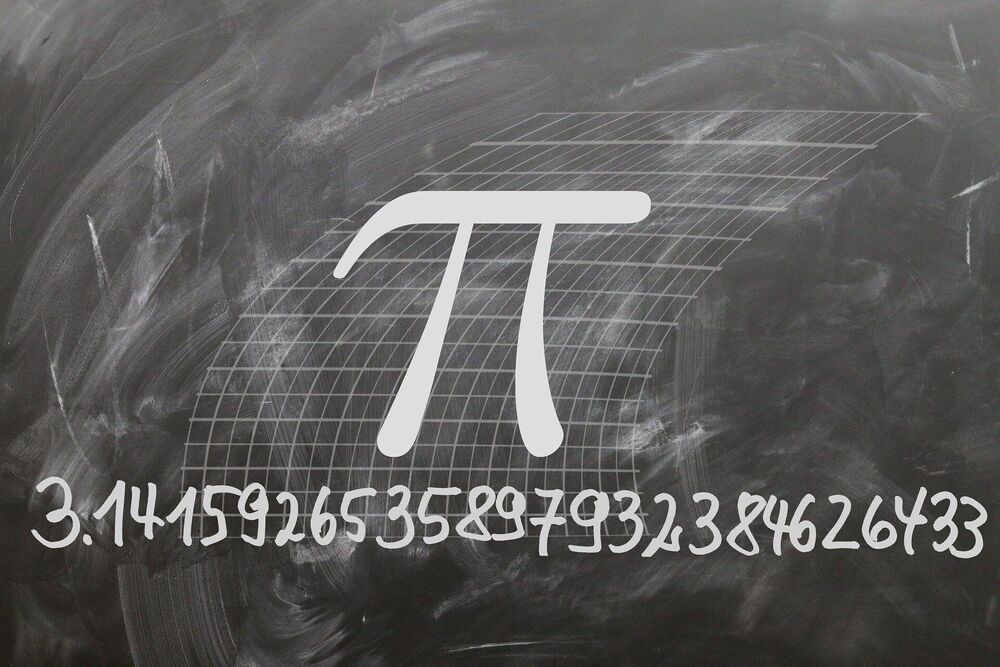San Jose-based robotics company Fetch unveiled its latest robot this morning. The PalletTransport1500 is an autonomous bot designed specifically to replace forklift uses in warehouses. The systems, which are designed to pick up and delivery pallets, are capable of sporting payloads of up to 2504 pounds.
The device joins a number of different robotic forklift solutions from various companies, including Toyota. Though Amazon’s own Kiva Systems-produced robots are likely still the best-known pallet moving robotics in the game.
The system was developed with Honeywell’s Intelligrated’s Momentum warehouse software. Fetch, of course, already offers a number of different warehouse robotic solutions, building out a kind of autonomous ecosystem. The company’s systems are notable for their relative flexibility over other full-scale solutions.








